- News
- Reviews
- Bikes
- Components
- Bar tape & grips
- Bottom brackets
- Brake & gear cables
- Brake & STI levers
- Brake pads & spares
- Brakes
- Cassettes & freewheels
- Chains
- Chainsets & chainrings
- Derailleurs - front
- Derailleurs - rear
- Forks
- Gear levers & shifters
- Groupsets
- Handlebars & extensions
- Headsets
- Hubs
- Inner tubes
- Pedals
- Quick releases & skewers
- Saddles
- Seatposts
- Stems
- Wheels
- Tyres
- Tubeless valves
- Accessories
- Accessories - misc
- Computer mounts
- Bags
- Bar ends
- Bike bags & cases
- Bottle cages
- Bottles
- Cameras
- Car racks
- Child seats
- Computers
- Glasses
- GPS units
- Helmets
- Lights - front
- Lights - rear
- Lights - sets
- Locks
- Mirrors
- Mudguards
- Racks
- Pumps & CO2 inflators
- Puncture kits
- Reflectives
- Smart watches
- Stands and racks
- Trailers
- Clothing
- Health, fitness and nutrition
- Tools and workshop
- Miscellaneous
- Buyers Guides
- Features
- Forum
- Recommends
- Podcast
feature
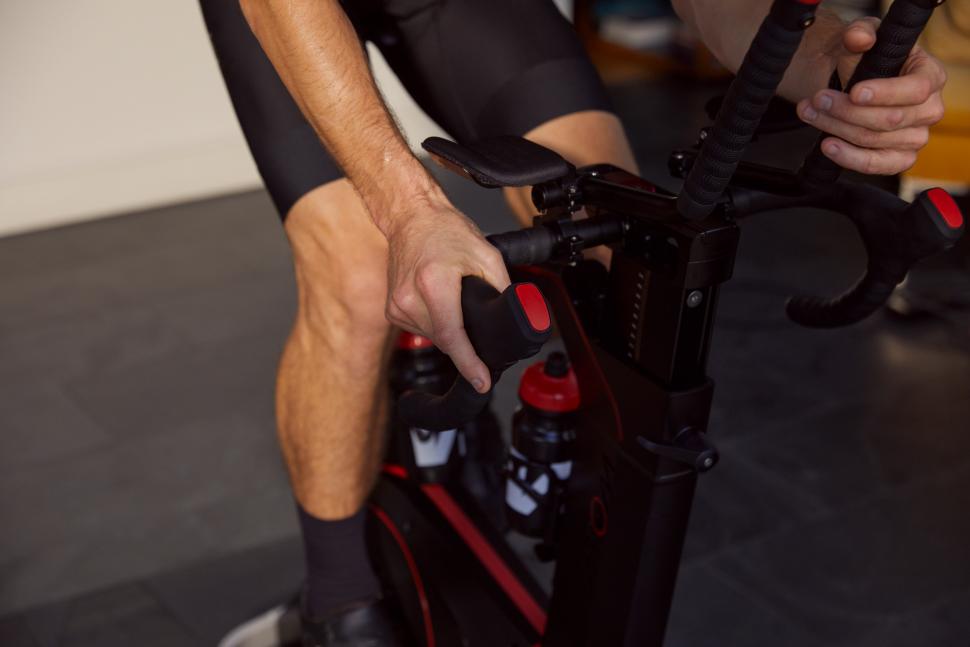 Wattbike HOME_LIVING_SPACE_ATOM_M_444
Wattbike HOME_LIVING_SPACE_ATOM_M_444Do you only have a one hour lunch break for cycling? Here’s how to maximise it
With so many other commitments that can get in the way before or after the working day, often the best time to pack in a quality session can be your lunch hour. It’s not the longest slot though so optimising the content of each session, and getting into good habits pre- and post-workout can really make a noticeable difference.
Chris Stanton is a master trainer for Wattbike and at London gym ThirdSpace. As someone who regularly helps people maximise their lunch hour for a worthwhile workout, we thought it would be a good idea to speak to Chris for his recommendations on how to maximise your fitness gains by making best use of this hour(ish) slot for exercise.
We all have different schedules, so your free hour may not be at lunchtime; maybe yoiu're on a night shift, or it could be in the early evening when you're dropping the kids off at swimming lessons. Much of the same principles apply whenever your power hour is, so read on...
Hit high intensities
Indoor riding is a very controlled environment, so it’s a great opportunity to make fitness gains. “You’re taking away the skill of riding and just enhancing your physical capability,” Chris points out.
“Shorter sessions tend to lend themselves to higher intensity work because you can’t do excessive amounts of sets,” Chris notes. “If you were doing a true HIIT session, it would only last 30 minutes, whereas an aerobics session can go on for two hours.”
If you have a limited amount of time, Chris recommends always looking to drive the intensity of that workout, leaving endurance work for when you have extended periods of time, most likely at the weekend.
“The shorter, sharper sessions is what I tend to do in my lunch breaks, meaning I’ll do a bit of threshold work or some vo2 sets,” Chris notes.
We also spoke to ABCC accredited coach Jonathan Melville of BCA (Breakaway Coaching and Analytics) who suggests doing a neuromuscular power ride when you are time-crunched. “These are 30-second max efforts, going as hard as you can, and then you repeat these six to 10 times.”
Here are some other sessions he suggests for your hard days:
Recover in-between
Hitting high intensities in your lunchtime workouts is important for maximising your limited time, but Chris warns against doing those ultra-tough sessions every day you have free during the week; you just won’t be able to reap the benefits of your hard work if you go hard all the time.
Split the hard sessions up, by alternating between intense and easy days.
“You want to make sure you’re adequately recovered for the high intensity sessions so you can either do that by spinning your legs very lightly or having a complete day off the bike where you’re actually focused more on mobility,” Chris notes.
“Otherwise, your system just gets over fatigued and you just won’t be able to produce the workouts which is demotivating,” Chris says.
Introduce mobility exercises into your routine
If your day job involves sitting at a desk all day, it’s important to think about incorporating mobility exercises into your lunch hour instead of a hard workout to maximise your performance on the days you are on the bike.
Chris explains that mobility is the range of movement that you have at each joint. “Including mobilisation work in your training routine will make you more resilient to injuries, make you more comfortable on the bike in a fixed position, improve your performance and help you absorb the forces upon you,” Chris says. “Cycling offers many health and fitness benefits but, on its own, has very limited movement patterns.
> How to maximise your fitness when you get to 40+
"A mobilisation routine focuses on your ankles, hip and thoracic spine to get them functioning better to optimise performance.”
Chris recommends the following mobility sequence below, spending 30 seconds on each exercise in the first round and 45 seconds in the second. You can click on the links to watch Chris’s demonstration of the exercise
- Crab reach
- 90 /90
- Offset kneeling with rotation
- Pike cross body toe touch
- Prone forward step with rotation
Maximise the rests between efforts
Keeping your legs spinning while letting your breathing and heart rate settle, and rehydrating, are of course your main objectives during your recovery blocks in a session, so you can attack the next hard effort.
But, if you’re able to, try not to switch off completely as you recover. Use the opportunity to dial in on your pedalling technique and riding position to really maximise the time you have on the bike.
“The same focus should always be applied to the recovery as the intensity with regards to how you’re pedalling,” Chris says. He recommends paying attention to how each pedal stroke feels, concentrating on making sure it’s smooth and balanced.
It’s a lot harder to focus at those times when you’re catching your breath, but there are ways of ensuring you continue to concentrate.
“Music is a massive driver that can often keep you highly engaged for those down periods,” Chris points out. Another option is following sessions such as The Sufferfest workouts on Wahoo’s SYSTM training platform which continue to fire demands at you during the supposed downtime. It’s tough but you get a lot of quality work done.
If you’re using power meter pedals, Garmin has its Cycling Dynamics insights with the dual-sensing Rally pedals. There's data on left/right balance, power phase (which part of the pedal rotation you're putting the power in) and platform centre offset (whether you're pressing more on one side of the pedal platform).
“With the lower intensity, you can really focus on how you’re pedalling and understand what’s happening within that pedal stroke,” says Chris.
Don’t fill up your whole hour with riding
If you only have an hour to spare, don’t overcommit by choosing a session that’s nearing the 60-minute mark. Only so much on-the-bike time is possible, as you need to prepare beforehand and then afterwards ensure you’re on the correct road to recovery, and not go back to the office/your place of work looking like a sweaty mess. Even if you're working from home like many of us during these times, it's still not ideal if you have to return to your desk before you've recovered fully. Budget some time in for a tepid shower, and fixing yourself some recovery fuel!
> How to maximise your recovery and build your fitness
Chris recommends sticking to sessions that don’t last more than about 40 to 45 minutes. “The reason is that you need to have time to properly mobilise, warm up and cool down effectively, all in that space, while also having the time to eat.”
Plan ahead
If you’ve got a set schedule for each week it’ll also be easier to slip into the habit of getting the session done.
“Choose what sessions you’ll be doing at the start of the week rather than choosing on the day,” Chris recommends.
Make sure you know what specific workout you’re going to undertake, rather than just deciding that, for example, Tuesday and Thursday are going to be your intense days. The more you plan beforehand, the easier it’ll be to execute.
Added to this, if you know what session you’ve got planned, then that can help you better prepare everything else you need for the session.
“I’m always fueling 24 to 48 hours before,” Chris says. “If I know I’ve got a hard session, I know I need to make sure my energy levels are at surplus for it, and how I’m going to recover afterwards.”
You can also remember to pack the dry hair shampoo, which could be a good idea for getting back to the office quicker.
Fuel constantly and conveniently
On days when you’ve got a workout planned, Chris says the focus should be to have a good breakfast and a good evening meal, and then just constantly fuel throughout the day.
“I’d always have a snack about an hour in advance for just a little bit more fuel and then go for something more convenient afterwards,” Chris says.
“A lot of people prepare their food, but I grab on the go, because I know the nutritional content of the food I’m grabbing - I have selected places I know I can pick up what I need and eat that post-workout.
“There are also post workout shakes that I consume instantly as, again, you know that you’re getting the nutrition you need.”
As well as considering how best to fuel before and after a session, Chris says you can also consider fuelling on-the-bike. There are energy powders for drinks which enable you to fuel at the same time as hydrating.
Prevent distractions
With such a short period to complete a workout, every distraction can really make a noticeable dent in the time you have available to pack in the exercise you’ve got planned.
“Try and take away anything that’s going to distract you from getting onto that bike on time,” Chris recommends. Switch off notifications on your smartphone if possible and just get on with things.
Do your workout first
“Always plan to start straight away because then you’re not trying to buy time at the end of it,” Chris points out. With this approach you’re less likely going to have to cut your session short.
To be able to get going quickly and efficiently, you’ll really notice the benefits if you prepare all your kit the night before. “It just reduces the number of decisions you have to make on the day.”
Find a friend or join a class
Often the toughest bit about doing a workout is just getting started. We’re all wired slightly differently and therefore what motivates us is different too. Dialling in on what works for you will really help you consistently achieve what you have planned.
Some riders may find they need to arrange a session with a buddy, or another method is attending an organised class at a gym or studio.
“Classes are a great option because they are already expertly crafted by coaches,” Chris highlights. “It’s at a specific time and then once you’re there you have that enhanced motivation with a coach in front of you and other people, too.
“Races on third party platforms like Zwift and RGT can be another way of being motivated because the experience is gamified and the race also starts at a particular time.”
“Or there’s looking at pure data, just trying to hit targets.
“It’s good to experience all three to know what makes you tick,” Chris recommends.
What’s your favourite session for doing in your lunch hour? Let us know in the comments as always.
Anna has been hooked on bikes ever since her youthful beginnings at Hillingdon Cycle Circuit. As an avid road and track racer, she reached the heady heights of a ProCyclingStats profile before leaving for university. Having now completed an MA in Multimedia Journalism, she’s hoping to add some (more successful) results. Although her greatest wish is for the broader acceptance of wearing funky cycling socks over the top of leg warmers.
Latest Comments
- Mr Blackbird 12 min 28 sec ago
Depends how you ride them. The current trend among many pros is to ride in a track style looking down at the front wheel. Ok for racing on closed...
- Oldfatgit 2 hours 16 min ago
Are these actually 'hi-viz' - or just brights?...
- Bungle_52 2 hours 17 min ago
That one was completely different though, it was a driver not a car as in the other 3. So 1 in 4 of the stories manage to follow reporting guidelines.
- Rendel Harris 4 hours 10 min ago
Absolutely they could have. Tarmac is a petroleum-based product and its surface can be very oily when it's newly laid. This is particularly the...
- ROOTminus1 10 hours 12 min ago
I'm glad the article went into more detail and cleared things up, the headline had me worried that some autonomous building had run rampant and...
- mark1a 10 hours 30 min ago
Still here, just showing a few signs of wear and tear. Hopefully still serviceable for some years to come.
- Rendel Harris 11 hours 15 min ago
How can you know that you are "equally fearful" as "any female cyclist"? There is no possible way of quantifying such emotions and female cyclists...
- chrisonabike 11 hours 47 min ago
I think it would be fairer to blame the moon - as in "my client is a loony".
- Bungle_52 12 hours 10 min ago
Nice idea but Gloucestershire Constabulary are not interested as exemplified by this prvious NMOTD. Not only was there NFA for the close pass in...
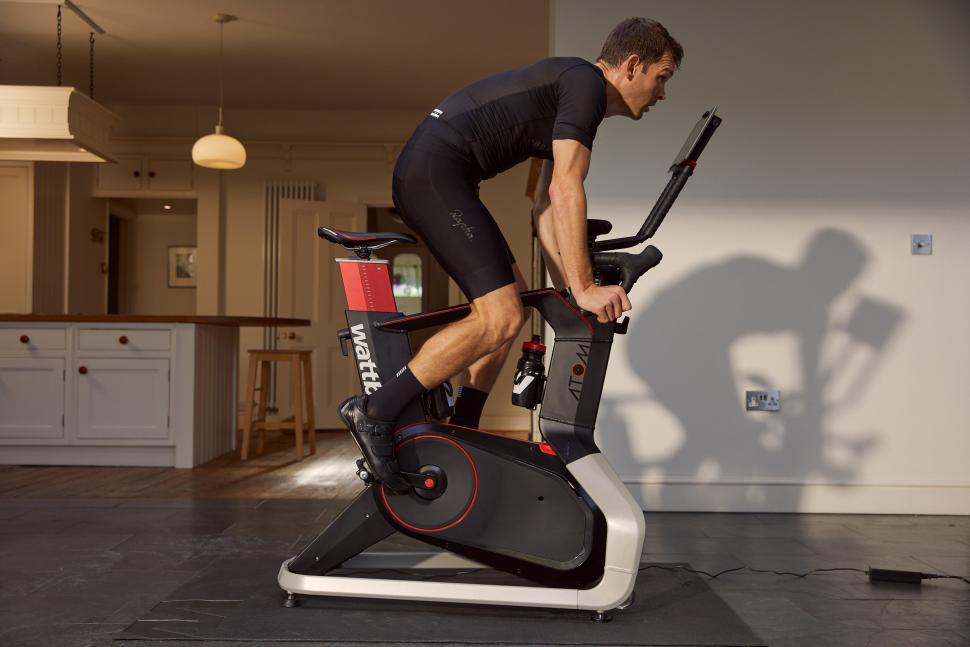

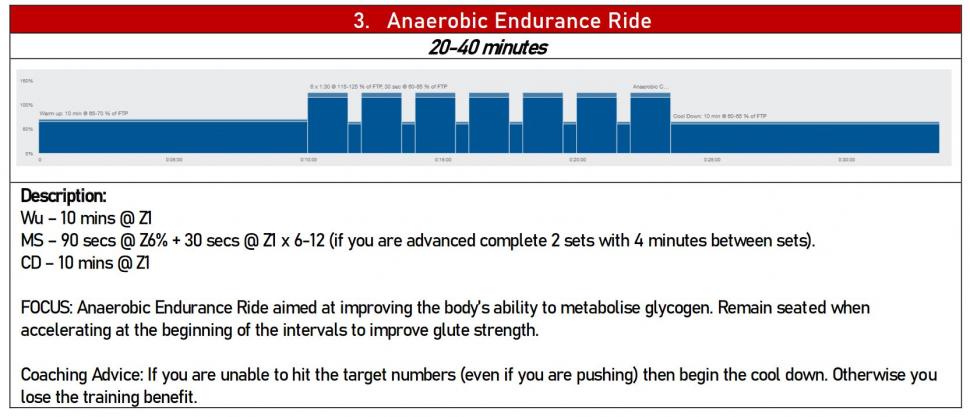
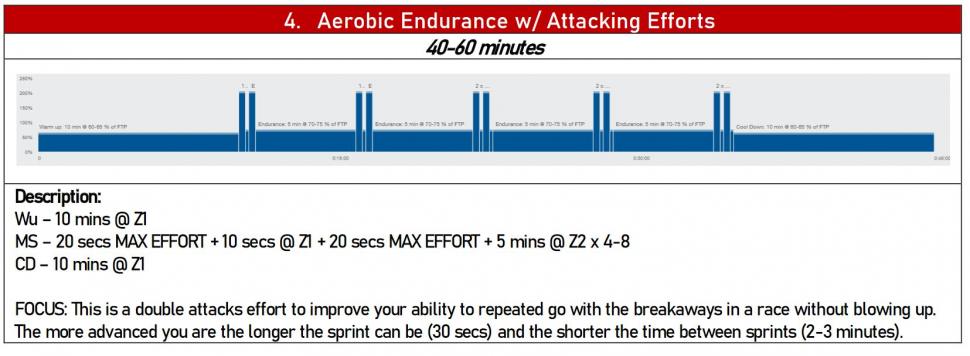
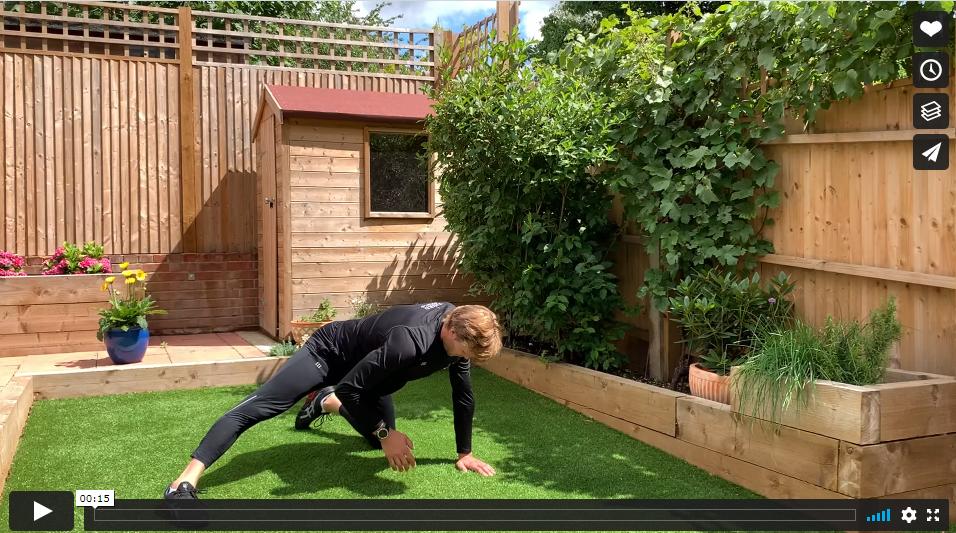
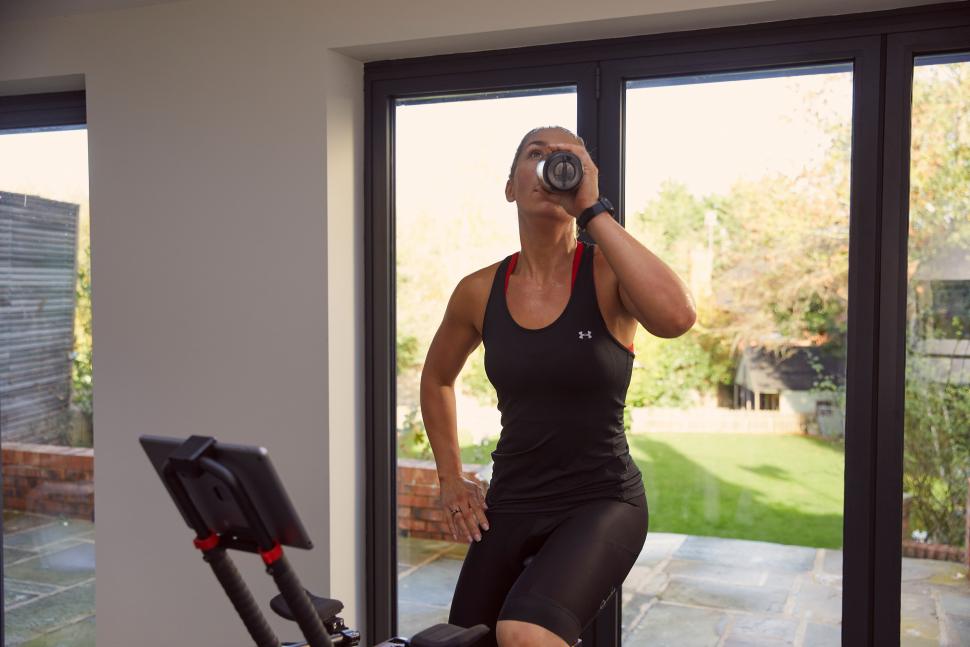
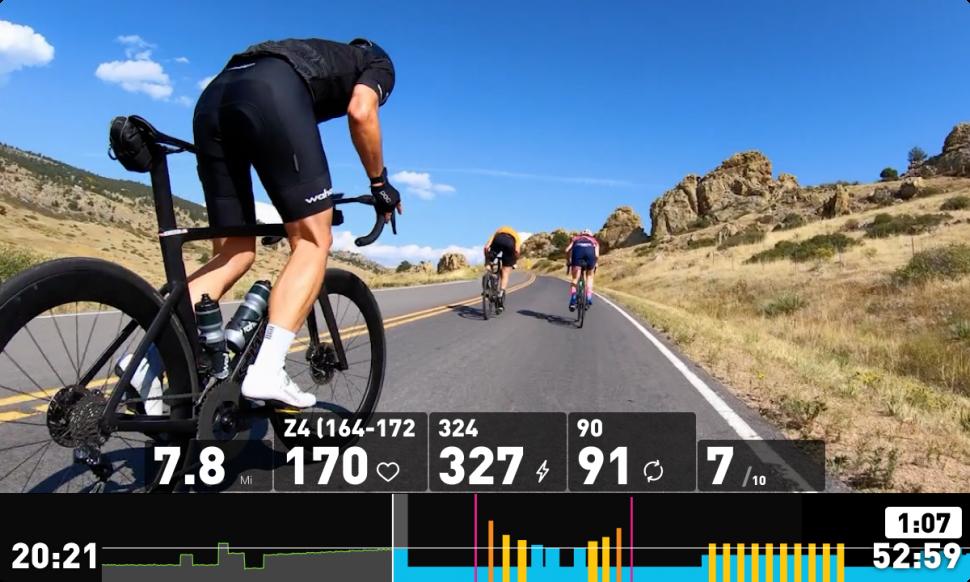
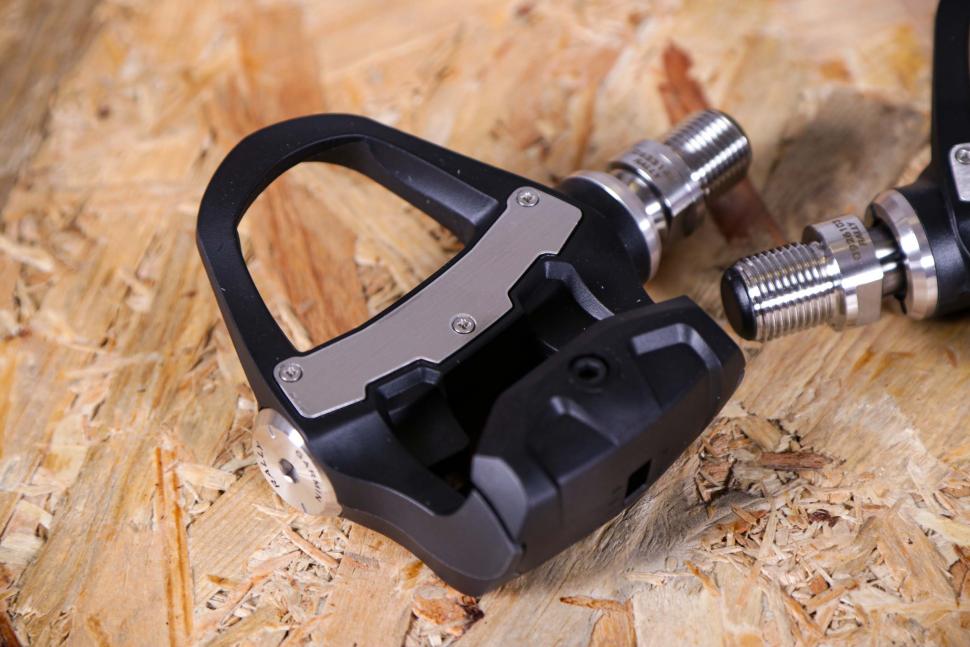

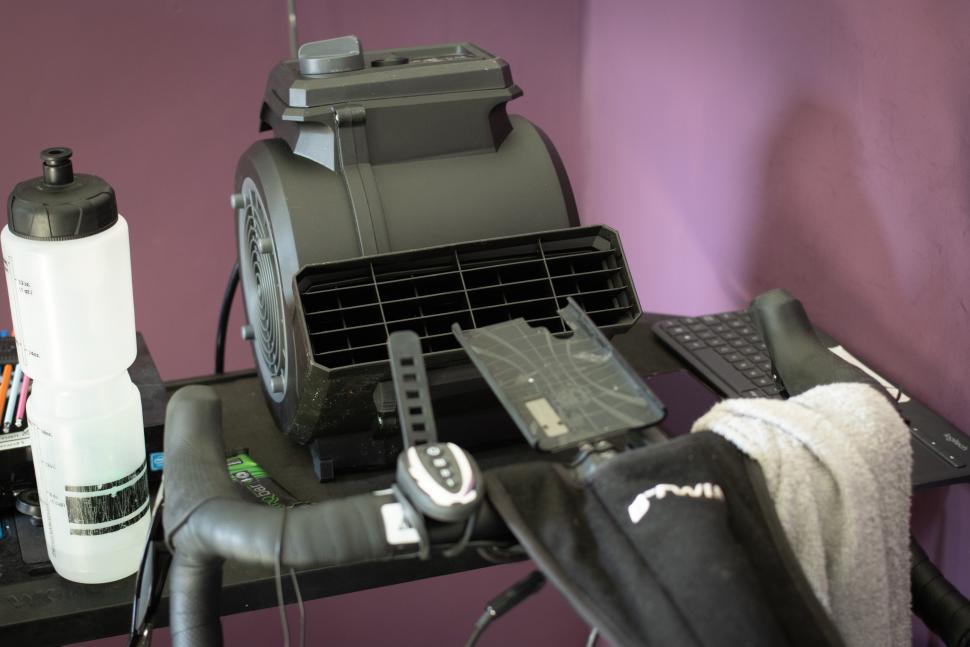
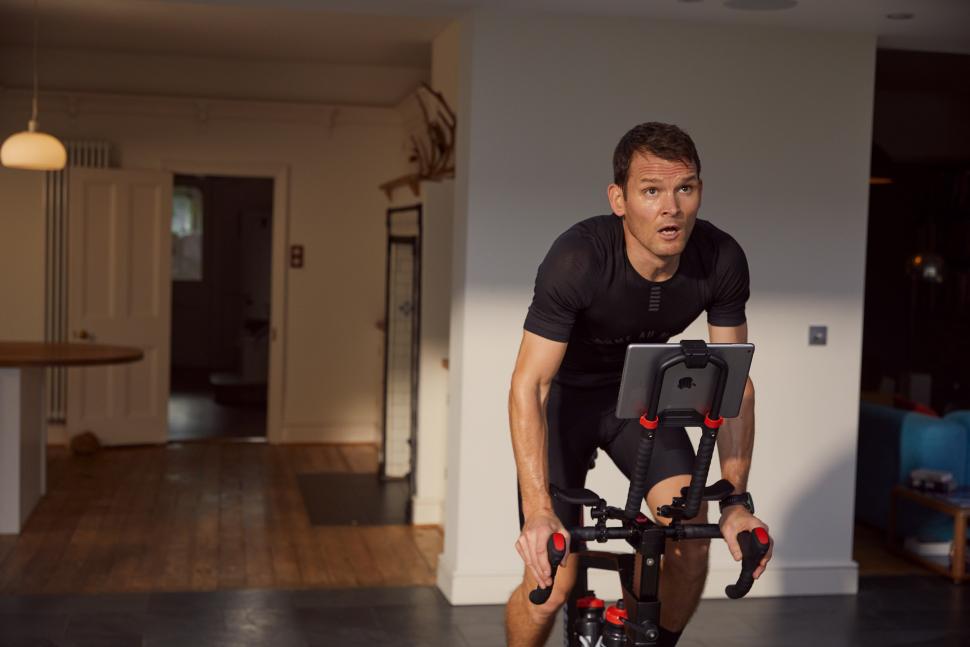
Add new comment
21 comments
I tend to save my efforts till the evening; I go for a walk at lunch unless its exceptionally dry. I don't really fancy sitting sweaty or with wet hair after a session then getting a video call and I can't bare the thought of leaving a bike unclean 😂
Lunch hour advice - shows screenshot from SUF that's 1hr 10...
Don't forget to allow a little time for stretching. To go straight from a heavy workout to sitting still for 3 hours is only going to end in tears!
Lunch Break! Whats one of those?
My favouite lunch time session?
Actually taking an hour and having lunch.
Prepandemic I can't remember the last time I took a lunch hour and just had lunch. You really shouldn't underestimate the restorative power of actually taking a proper lunch break. And yes, I do appreciate how lucky I am to be able to do so now that I can leave exercising to that part of the day that used to be taken up squashed onto a train.
I've always been intrigued whenever I see 30sec / 30sec efforts, and the instruction to make a max effort for the duration of each.
If I make a 30second maximal effort, I am not worth anything thirty seconds later, let alone ready for a further nine efforts.
I'm never sure if its a case of me being a bit of a sprinter type means I should hold back a bit, or I truly am supposed to run a session where the first effort is >900w, followed by nine efforts, at little more than threshold watts, pushing two pieces of spaghetti round for legs.
Likewise, being able to make back to back 20second 1000w+ efforts is not realistically possible for me. In my 26 years of racing, its also not something I have ever had to do. Again, fine if the acceptance is that the second effort is far lower than the first, but I'm always sceptical of the effectiveness of making significantly compromised 'max' efforts.
How do others approach these efforts?
Leave them to other people.
Most training plans when they say max efforts dont actually mean it. What they mean is significantly above FTP say 150-400%. Obviously the longer the interval duration the less recovery time then less the % above FTP.
Disclaimer. Learnt this from observation the training plans on TR/SUF/Zwift - no coaching advice intend or implied
Checked my power curves on strava, my max power has never exceeded 3x estimated FTP, so I will raise an eyebrow at the description of an effort being only 400% FTP, and not actually max power.
Depends how good your FTP is - mine's a frankly unimpressive 205W (for reasons too boring to explain my blood doesn't carry oxygen well so long hard efforts are difficult) but in short sprints I can touch around 850W-900W and very occasionally stray into four figures (for a nanosecond!). Obviously for people with a decent FTP achieving such a multiple is more of a challenge.
Highest FTP estimate was 265kw (power curve shows my highest power over a full hour was 250)
Highest 1s power 750kw
My average highest 1s power will be 750w or less (note the missing k 😂).
That's seriously impressive!
The term 'max' is rather misleading.
If you're doing a block of 30/30s then it has to be at a level that can be repeated for the duration of the set, not 2 at 250% of FTP then falling off the bike with exhaustion, an asthma attack or heart failure.
You should probably build up to doing 2 or 3 blocks of these over time to get max benefit. If you've not done HIIT for a while then you really should start with lower power or do 20s on / 40s off until your body starts to become accustomed to them.
Two hard interval sessions is enough for most people if they are also doing other sessions or rides over the course of a week.
My lunch break usually includes a 20-minute walk as the office is in a rural setting. I prefer a stroll down the quiet back lane nearby, taking in the views across to Wales and the South Shropshire hills, which I find relaxing and helps revive the grey cells. The ride home is the time for efforts on the bike.
Agreed. I would target the maximum power I thought I could do for each interval, given the recovery time. 30 seconds is a long time for a proper max effort... there is no way you'd go flat out for that long in a race.
Sounds like you have a lovely work environment. I have a view of a public car park from my office window! I do enjoy taking a walk down the river path out of the town.
Unless you're Thomas de Gendt.
As far as SUF/SYSTM goes, you take an hour long fitness test which tests your sprint, 5 min power, normal 20min FTP test and then a 1 min absolute max you can hold test. This is pretty unpleasant, but then allows the software to calculate each workout value based on what you as an individual can put out.
No point a TT expert with FTP of 400 being told to do 4x that for sprints. They would score high on FTP, but low on sprint, so their sprint efforts would be tailored to their own power, so much lower than 1600w.
A sprinter may be the reverse of that. Long blocks of 240w but sprints up around that 1600w mark.
You then have options to work on weaknesses or strengths.
All values calculated so you should be able to finish the workouts. Some are easier than others.
Been doing lunch time rides for over a year now and love them, especially during Winter where you can ride in daylight. Working from home as well, I find they help break the working day up and get me up and away from the laptop screen into some fresh air.
During the warmer months, lunch time rides become less & less when evening rides replace them, but they do have a time and place.
I need to try doing some lunchtime turbo sessions as a 30 minute HIT should be possible. I don't really have a dedicated hour but do have the flexibility of working from home these days so should be able to fit something in. I've tried it in the past (with running a 5k) and it always takes me longer than expected to get ready, do the exercise, get showered and changed afterwards and finally have something to eat.
duplicate